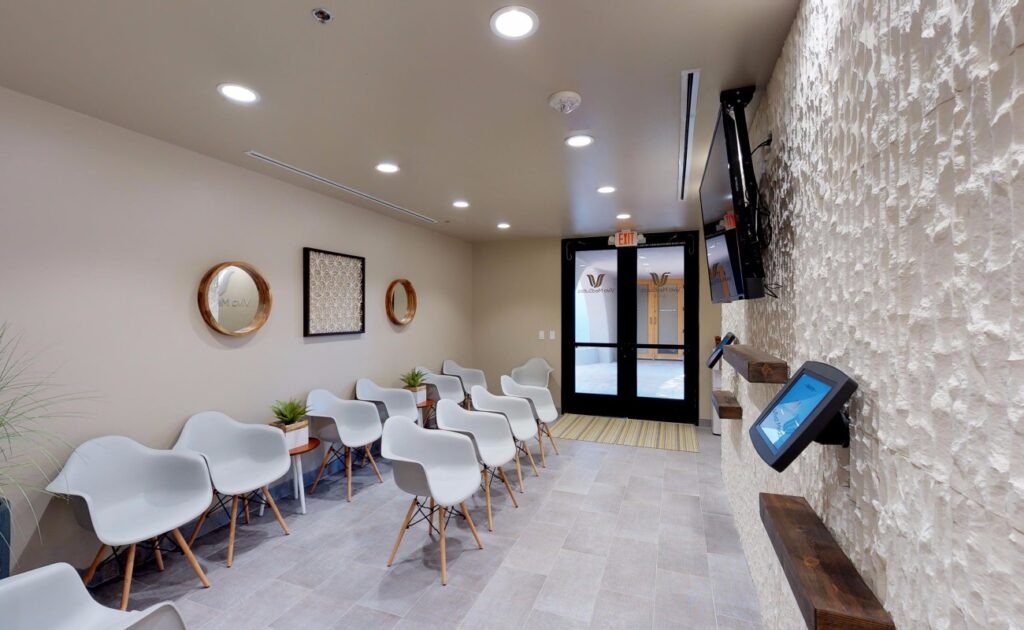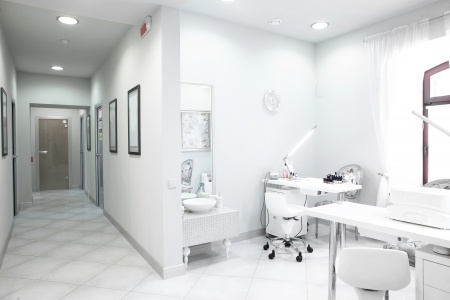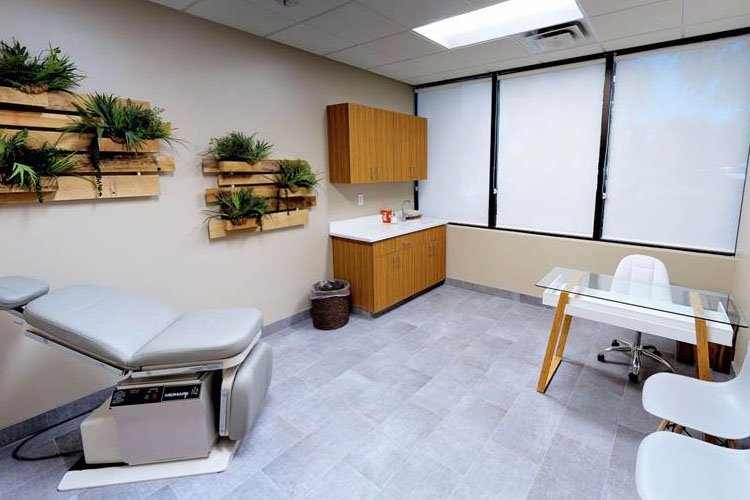Welcome to the topic “What To Expect When Looking for a Medical Space“
As a healthcare professional, choosing the perfect medical space is a fundamental decision. It’s not just about the space itself but also about creating a conducive environment for your patients and your staff. This comprehensive guide will provide insights into what you should expect when looking for medical office space, whether you’re leasing or renting.
Understanding the Timeline
As you embark on this critical journey of finding the ideal medical office space, it’s crucial to appreciate the significance of time management. Your decision to lease space isn’t one that can be made hastily or without considerable thought. For optimal results, it’s recommended to start your search at least nine to twelve months before your intended move-in date. Such an ample time frame will enable you to address and efficiently navigate through the various stages involved in securing the perfect space for your medical practice.
One of the preliminary stages to account for is site selection. This step involves identifying potential locations that meet your specified criteria, such as budget, size, accessibility, and proximity to other medical services or facilities. Here, you’ll need to carefully consider factors like patient demographics, competition, and local zoning regulations, among others.
Next on the timeline are the business term negotiations. Here, your broker will negotiate the lease terms with the landlord or their representative. These discussions often involve a back-and-forth process that could be time-consuming but are crucial for ensuring you get the best deal possible. In addition to rental rate, lease terms include other items such tenant improvements, rent abatement, utility maintenance responsibility, expansion rights, renewal rights, termination rights, and securitization.

Attorney review is another critical phase that requires due diligence and time. In this stage, a real estate attorney scrutinizes the agreement to ensure that your interests are protected. The attorney checks to ensure the lease agreement adheres to local laws and that there are no hidden or unfair clauses.
The architectural design stage follows, which involves the planning and layout of your medical office. Whether it’s a blank canvas or a space requiring modifications to fit your needs, it’s important to involve professionals who understand medical office design. You’ll need time to review and approve plans and make any necessary changes.
Next, you will move on to the permitting stage, which involves obtaining the necessary permits and approvals for the construction or modification of your space. This process could be lengthy, depending on the local regulations and the extent of the work involved.
Lastly, interior construction or design work will almost always be necessary to customize the space according to your medical practice needs. This step could involve everything from structural changes to the choice of color schemes, lighting, furniture, and medical equipment layout.
As you navigate through these stages, keep an eye on the leasing medical office space 2023 options available in the market. Each year brings with it a different set of offerings and opportunities, and being keen on the 2023 market could land you a deal that aligns perfectly with your needs and budget. The essence of the process is to start early, allowing yourself ample time to thoroughly and methodically address each phase, ultimately leading you to a space that enhances your practice’s professionalism and efficiency.
The Art of the Search
To kick off your search, a tenant representative will conduct a comprehensive survey of the market to provide relevant property options. This takes into account your specifications, such as budget, location, type, size, and quality of space.
Tenant Advisory Group (TAG) employs standard and elevated software used by Commercial Real Estate (CRE) firms and has also established an extensive network of resources to uncover new on- and off-market listings. This approach increases the quality and efficiency of your search.
Working with a budget is an integral part of your search. Variables like the desired medical office size, building class, and proximity to transportation can be adjusted to fit your budgetary constraints. When narrowing down your choices, consider factors such as the number of private offices and the size of exam rooms. Shifting from a Class A to a Class B building could also offer quality finishes and amenities while reducing rental rates.

Business Term Negotiations
After identifying potential properties, the next step involves submitting Request For Proposals (RFPs) that align with your goals, both financially and in terms of space quality and layout.
It’s advisable to seek proposals from multiple properties, even if you have a top choice in mind. This provides market comparables, thereby facilitating stronger negotiating leverage.
Tenant representatives are pivotal in obtaining equitable market concession packages. They assist in procuring justifiable leasing rates, rent abatement, allowances for tenant improvements, escalations, securitizations, expansion or renewal rights, and rights of termination. This is where the tenant representative’s deep knowledge of fair market values becomes indispensable.
Attorney Review
Once an agreement is reached on key business terms, the tenant representative coordinates the attorney review process. They will work with your attorney to ensure that the legal language accurately reflects the negotiated terms. If your practice doesn’t have a dedicated real estate attorney, TAG can provide referrals to qualified and affordable real estate attorneys.
Navigating Construction for medical spaces
Upon lease signing, TAG assists with coordinating walkthroughs of the space for meetings with the architect and contractor bidding. TAG also tracks progress against project completion dates, ensuring everything is moving forward efficiently. Further, TAG can introduce you to quality furniture vendors, movers, phone & data brokers, IT vendors, insurance brokers, and other professionals to facilitate the process.
Medical Space Moving Checklist
When moving to your new medical office space, there are several tasks to take into consideration:
â— Obtain quotes from several movers and arrange a company well in advance.
â— Set up phone and data lines.
â— Notify your IT support about the move.
â— Recycle or donate unwanted electronics and furniture.
â— Review furniture needs with a furniture vendor.
â— Gather necessary paperwork for potential tax write-offs.
â— Obtain a copy of the building rules and regulations.
â— Establish acceptable moving procedures.
â— Set up mail forwarding from your old address.
â— Update your practice’s registration, website, social media, and other relevant platforms with the new address.
â— Why Use a Tenant Representative

As the tenant, you don’t pay any commission for the brokerage services you receive. These services are paid for by the landlord, and the same amount is paid, regardless of whether the tenant has a representative or not. Hence, having an experienced advocate on your side is absolutely in your best interest. While an attorney is adept at negotiating legal stipulations, they might not possess detailed insights into the fluctuating local real estate market trends. It’s in such scenarios that a tenant representative becomes an essential asset. TAG has also established a network of trustworthy, qualified, and affordable real estate-adjacent professionals to incorporate into the transaction, ensuring all your needs are met.
Conclusion
Leasing or renting medical office space is a significant step for any healthcare professional. While the process may seem daunting, it can be a seamless and rewarding experience with the right preparation and professional assistance. Remember, your medical office is more than just a workspace; it’s a place of healing and care for your patients. Making it the best it can be is not just an investment in your business but also in the health and well-being of your community.
Also read: Bringing Employees Back to the Office – Good for Business
TAGS